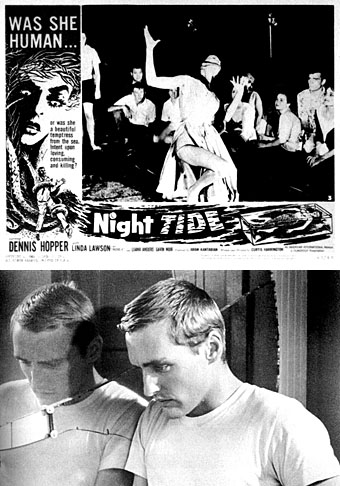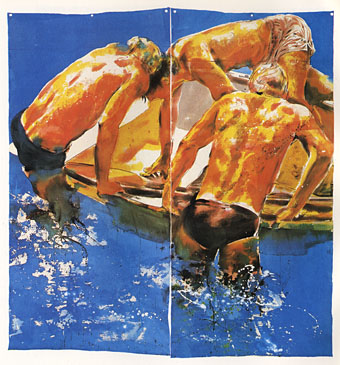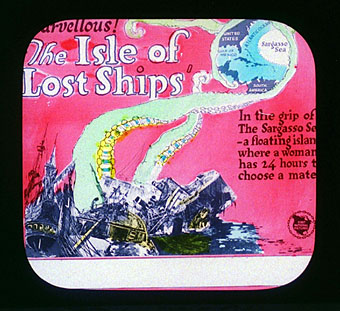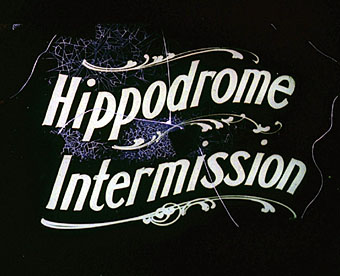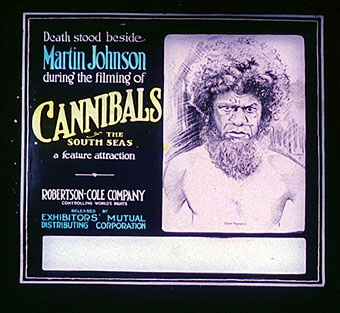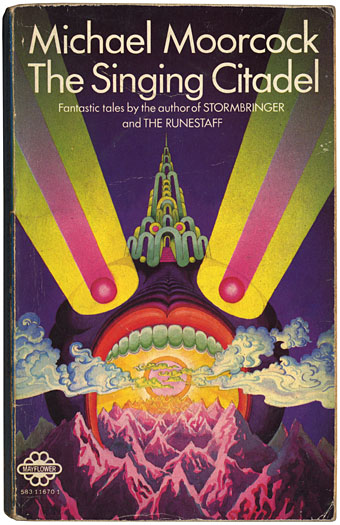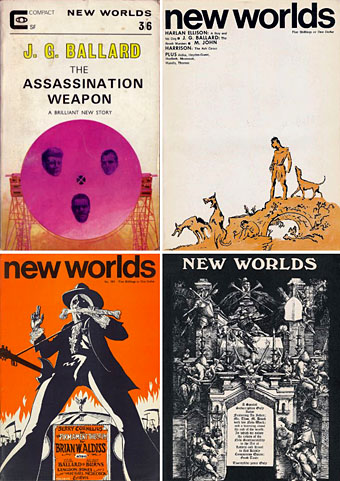Rose Hobart (1936)
Dir: Joseph Cornell
17mins, tinted B&W
The first experimental film by Surrealist artist Joseph Cornell (1903–1972) is available for viewing at Ubuweb (where they list the years of his birth and death incorrectly). Cornell’s famous boxes are highly-regarded and still influential but his films receive less attention. This is the first one of them I’ve seen.
Rose Hobart consists almost entirely of footage taken from East of Borneo, a 1931 jungle B-film starring the nearly forgotten actress Rose Hobart. Cornell condensed the 77-minute feature into a 20-minute short, removing virtually every shot that didn’t feature Hobart, as well as all of the action sequences. In so doing, he utterly transforms the images, stripping away the awkward construction and stilted drama of the original to reveal the wonderful sense of mystery that saturates the greatest early genre films.
While East of Borneo is a sound film, Rose Hobart must be projected at silent speed, accompanied by a tape of ‘Forte Allegre’ and ‘Belem Bayonne’ from Nestor Amaral’s Holiday in Brazil, a kitschy record Cornell found in a Manhattan junk store. As a result, the characters move with a peculiar, lugubrious lassitude, as if mired deep in a dream. In addition, the film should be projected through a deep blue filter, unless the print is already tinted blue. The rich blue tint it imparts is the same hue universally used in the silent era to signify night.
• View magazine, 2nd series no 4: Americana Fantastica, January 1943
(Cover and many pages by Joseph Cornell)
Previously on { feuilleton }
• Meshes of the Afternoon by Maya Deren
• L’Amour Fou: Surrealism and Design
• The Surrealist Revolution
• La Villa Santo Sospir by Jean Cocteau
• View: The Modern Magazine


